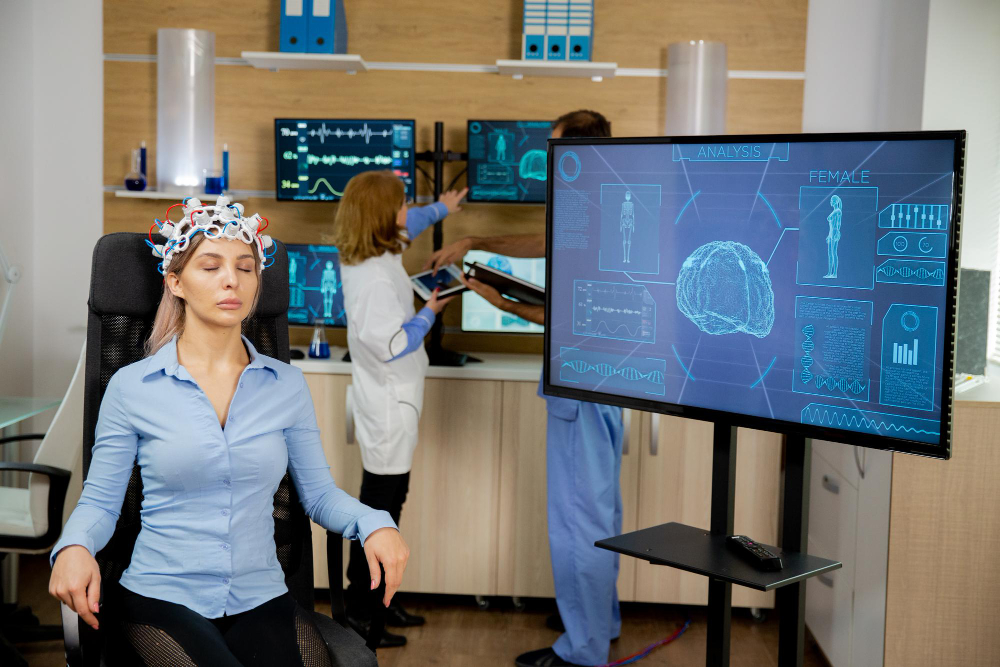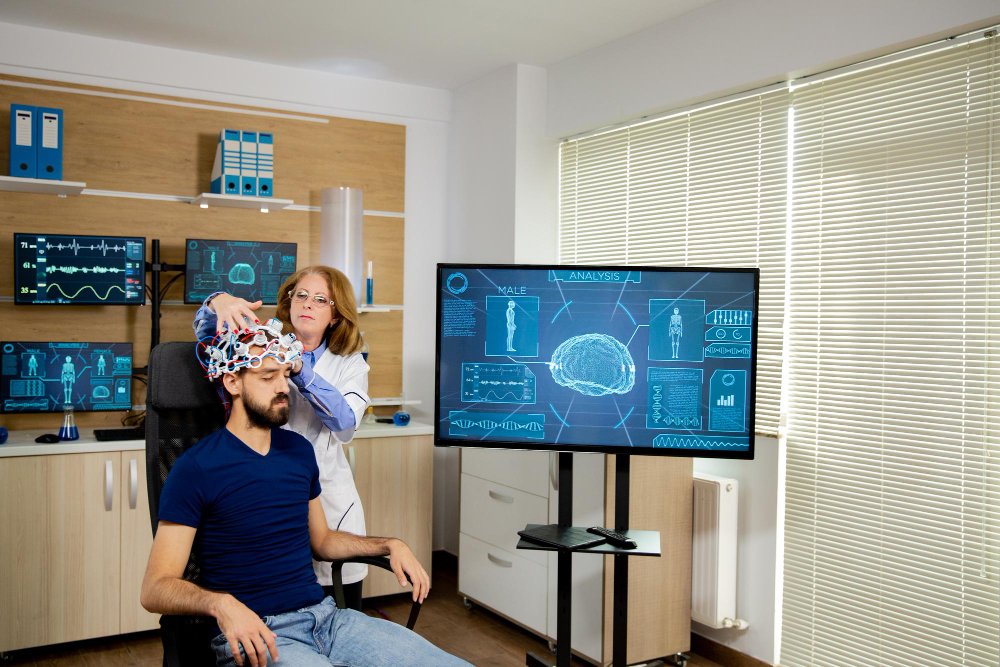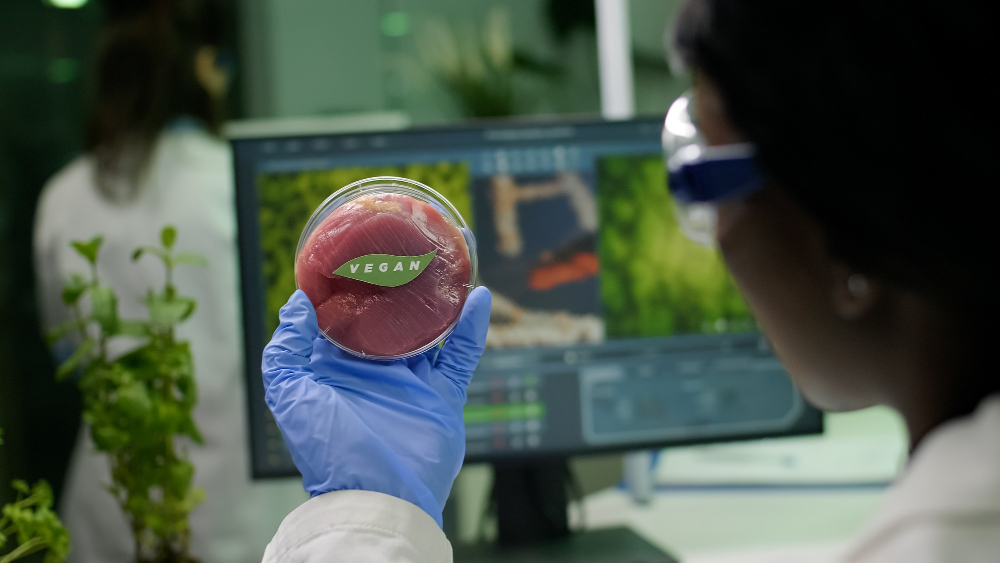Neuroscience Explained — How the Human Brain Adapts to Technology
The human brain is often described as the most complex structure in the universe — capable of thought, emotion, creativity, and innovation. But in the 21st century, one of its most fascinating abilities is being tested like never before: its capacity to adapt to technology.
From smartphones to AI assistants, our brains are constantly rewiring themselves in response to digital stimuli. Neuroscience is now uncovering how deeply this relationship goes — revealing that technology is not just changing how we live, but how we think, learn, and even feel.
Let’s explore how the human brain is evolving in real time with technology — and what it means for our future.
1. Neuroplasticity — The Brain’s Secret Power
At the core of our brain’s adaptability lies neuroplasticity, the ability to reorganize neural pathways in response to new experiences.
Every time you learn to use a new app, memorize a password, or scroll through social media, your brain forms and strengthens new neural connections.
Key Facts About Neuroplasticity
- It allows the brain to learn, recover, and evolve throughout life.
- The more we use specific digital tools, the more our brains optimize circuits for those behaviors.
- Studies show that digital natives — those raised with technology — display different patterns of brain activation than older generations.
Technology, in essence, has become a new environment for the human mind to adapt to.
2. The Digital Brain — A New Cognitive Landscape
Our constant exposure to digital devices has given rise to what scientists call the “digital brain” — a modern evolution of how we process information.
Changes Observed in the Digital Brain
- Shorter attention spans: We process information faster but retain less.
- Enhanced multitasking: The brain rapidly switches between stimuli, though at the cost of deep focus.
- Improved visual-spatial skills: Frequent gaming and screen use enhance the brain’s navigation and pattern recognition abilities.
- Weakened memory recall: Dependence on digital storage reduces the brain’s internal memorization habits.
This doesn’t necessarily mean our brains are becoming weaker — they’re optimizing for the digital world, much like they once adapted to reading, writing, and language.
3. Technology and the Reward System — Dopamine on Demand
Every “like,” notification, and message triggers a burst of dopamine, the brain’s pleasure chemical.
How It Works
- Each digital interaction — scrolling, gaming, or posting — activates the mesolimbic reward pathway, the same circuit linked to food, love, and even addiction.
- Over time, constant stimulation can lead to dopamine desensitization, requiring stronger or more frequent stimuli for the same reward.
This is why many experts compare phone addiction to substance addiction — not because of the device itself, but because of how our brains respond to it.
Positive Side
When used consciously, technology can also train discipline and reward learning. Educational apps and fitness trackers, for instance, use gamified dopamine triggers to reinforce healthy habits.
4. Cognitive Offloading — How the Brain Outsources Memory
In the age of Google, the brain no longer stores every fact — it stores where to find it.
This phenomenon, known as cognitive offloading, describes how we use technology as an external memory system.
Examples
- Relying on GPS instead of remembering routes.
- Storing phone numbers rather than memorizing them.
- Using reminders for tasks instead of mental note-taking.
While this may seem like a loss, it actually allows the brain to allocate resources to higher-level thinking — analysis, creativity, and problem-solving.
Technology is becoming an extension of the human brain, a distributed intelligence that complements our biological memory.
5. Neural Adaptation to Virtual Reality and AI
Virtual reality (VR) and artificial intelligence (AI) are reshaping the sensory and cognitive experiences of the brain.
In Virtual Reality
- The brain’s visual cortex adapts to perceive artificial 3D spaces as real.
- Mirror neurons, which fire when observing or performing actions, allow VR to stimulate empathy and skill learning.
- Long exposure to immersive environments can temporarily rewire spatial and motion perception.
With Artificial Intelligence
- Interaction with AI assistants like ChatGPT or Siri is training the brain to communicate with non-human intelligence.
- AI-driven personalization shapes decision-making patterns — our choices in music, news, and even beliefs adapt to algorithmic reinforcement.
Neuroscientists now study how the human-AI partnership might one day evolve into co-intelligence, where brain and machine learn from one another.
6. The Rise of Brain-Computer Interfaces (BCIs)
Perhaps the most direct link between neuroscience and technology is the brain-computer interface — devices that connect neural activity with digital systems.
How BCIs Work
Electrodes placed on or inside the brain record electrical signals, which are then translated into digital commands.
Current Achievements
- Paralyzed patients can move robotic limbs using only thought.
- Neural implants help restore speech and vision.
- Elon Musk’s Neuralink recently demonstrated a brain implant that allows a quadriplegic person to control a computer cursor wirelessly.
These technologies blur the line between mind and machine, hinting at a future where our thoughts can directly interface with technology — no keyboard required.
7. How Technology Shapes Learning and Creativity
Technology is changing not just how we consume information but how we learn and create.
Educational Neuroscience Insights
- Adaptive learning platforms use AI to match teaching pace with brain performance.
- Gamified environments stimulate dopamine and memory centers, enhancing retention.
- Virtual and augmented reality activate multiple sensory networks, creating immersive learning experiences.
Creative Adaptation
Digital tools expand the brain’s capacity for abstract thinking and visualization. Artists, engineers, and writers now use AI as a creative partner, augmenting human imagination rather than replacing it.
8. The Dark Side — Digital Overload and Cognitive Fatigue
While technology enhances the brain in many ways, overuse has serious consequences.
Effects of Overstimulation
- Attention fragmentation: Too many inputs disrupt sustained concentration.
- Sleep disruption: Blue light suppresses melatonin production.
- Emotional exhaustion: Constant connectivity leads to anxiety and burnout.
The brain was designed for focused, linear thinking, not endless notifications. Digital hygiene — such as screen-free time, mindfulness, and natural breaks — helps restore neural balance.
9. Evolution in Progress — The Techno-Human Brain
Some neuroscientists argue that humanity is undergoing a new stage of cognitive evolution — one driven by digital integration.
Signs of Evolution
- Brain scans show changes in gray matter density linked to digital multitasking.
- Enhanced visual processing abilities from screen exposure.
- Adaptation to rapid information flow — a “faster but shallower” cognitive mode.
Future generations may inherit brains wired for digital symbiosis, capable of harmonizing biological and artificial intelligence.
10. The Future — Brain Enhancement Through Technology
The line between natural and artificial cognition is blurring rapidly.
What’s Coming
- Neural implants to boost memory and learning.
- Augmented reality (AR) glasses that provide real-time information overlays.
- Brain-to-brain communication through wireless networks.
- Digital consciousness preservation — uploading neural patterns to machines.
These advancements raise profound ethical and philosophical questions:
Will technology amplify our humanity — or redefine it altogether?
Conclusion
The human brain is not static; it’s a living, learning, evolving organ that thrives on adaptation. Technology, rather than overpowering it, is stimulating new forms of intelligence — expanding how we perceive, connect, and create.
We are witnessing the birth of a hybrid mind — one part biological, one part digital. The challenge ahead is to ensure that this fusion remains balanced, ethical, and deeply human.
Because while technology shapes our brains, it’s our choices that shape the future of our minds.











